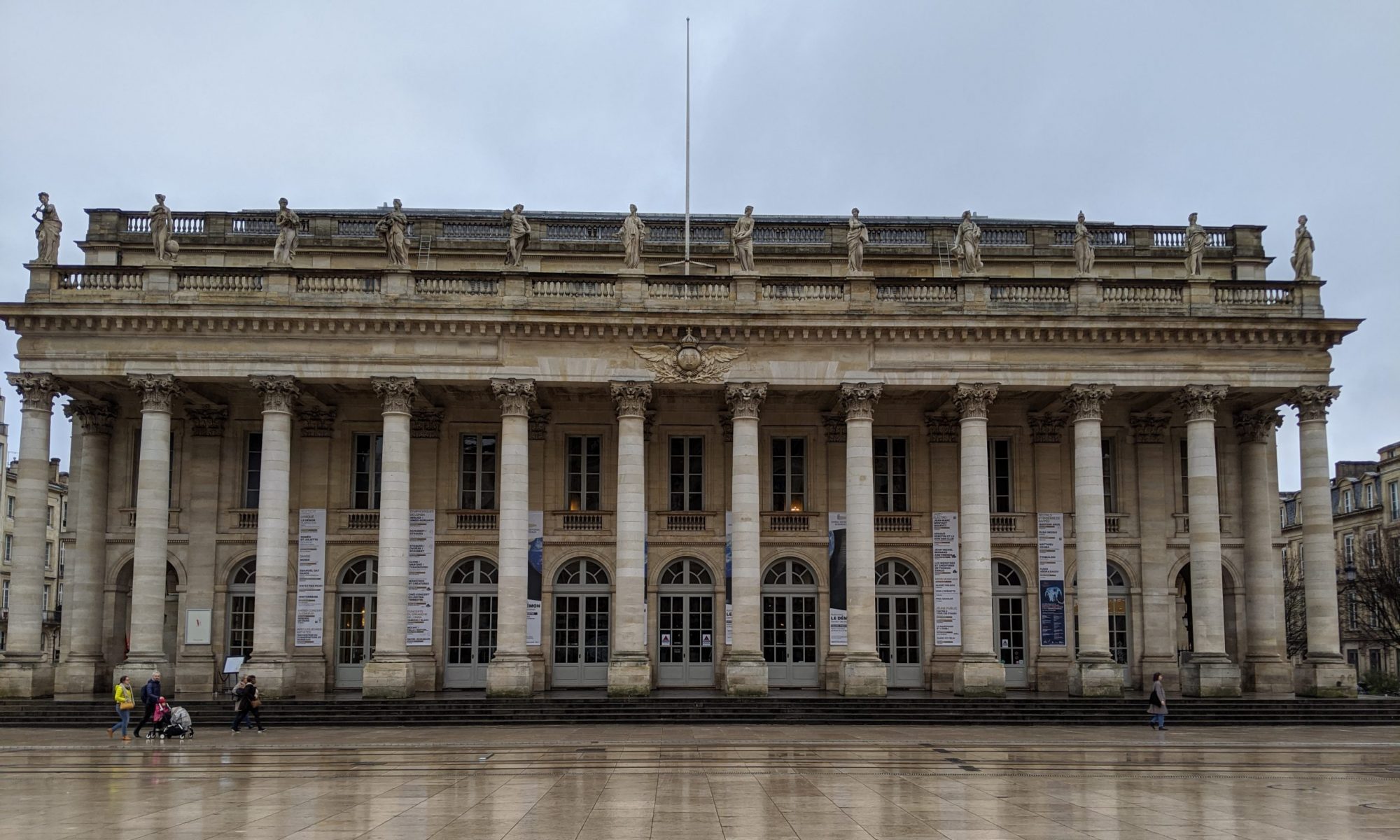
I’m making lists of unfamiliar words as I read George Simenon’s 1931 Pietr-le-Letton, the novel debut of the famous commissaire Maigret. Here’s my list for Chapter 10 (Le Retour d’Oswald Oppenheim) with links to definitions and word frequencies from Google Books NGram Viewer.
In this chapter there’s not much action, more internal brooding and some reveals. Maigret mourns at his desk, goes back to the tenement on rue du Roi-de-Sicile to confront the woman he interviewed there before, then returns to the hotel to fume as he sits in the lobby. He envisions the body of his dead colleague being taken out of the hotel on a stretcher through the service corridors. He pieces together the fact that his quarry, the villain Pietr-le-Letton, is the same man who plays the role of the elegant Oswald Oppenheim, and also the same man passing as Fédor Yourovitch, the immigrant husband of tenement woman. The chapter ends with him realizing he has no proof of all this as he watches Letton qua Oppenheim enter the hotel lobby resplendent in his finery.
A short-ish chapter, just 16 unfamiliar words. About half of them are interior decorating words as Maigret spends most of these pages sitting in and thinking about the hotel:
| expression (root) | Frequency in 2010 | Frequency in 1970 | Frequency in 1930 |
|---|---|---|---|
| remuer | 1 in 99,600 | 1 in 95,900 | 1 in 73,800 |
| cogner | 1 in 209,000 | 1 in 397,000 | 1 in 530,000 |
| mat | 1 in 260,000 | 1 in 210,000 | 1 in 176,000 |
| chapelet | 1 in 320,000 | 1 in 337,000 | 1 in 248,000 |
| malle | 1 in 357,000 | 1 in 372,000 | 1 in 264,000 |
| désemparé | 1 in 374,000 | 1 in 595,000 | 1 in 593,000 |
| haleter | 1 in 484,000 | 1 in 597,000 | 1 in 537,000 |
| désinvolte | 1 in 540,000 | 1 in 880,000 | 1 in 1,660,000 |
| osier | 1 in 647,000 | 1 in 766,000 | 1 in 585,000 |
| clairsemé | 1 in 988,000 | 1 in 699,000 | 1 in 459,000 |
| vasque | 1 in 1,100,000 | 1 in 999,000 | 1 in 873,000 |
| civière | 1 in 1,240,000 | 1 in 1,760,000 | 1 in 1,820,000 |
| limoger | 1 in 1,430,000 | 1 in 2,880,000 | 1 in 10,700,000 |
| rotin | 1 in 1,780,000 | 1 in 1,720,000 | 1 in 1,890,000 |
| colimaçon | 1 in 1,870,000 | 1 in 3,080,000 | 1 in 3,520,000 |
| râblé | 1 in 4,730,000 | 1 in 6,050,000 | 1 in 5,300,000 |
A few thoughts I had while looking up these words:
- limoger means “to fire someone” or “to sack”. This word was virtually unheard of in 1900, and has had a steady rise since, peeking right around 2000. Simenon seems to have caught this wave as it was building.
- râblé is typically translated as “stocky”. Both words are used almost exclusively in descriptions of people or animals, and it’s not obvious what other words in the language they are related to. Both words were nearly unused in their language before 1800. The word râble (without the accent over the final e ) means “back” or “saddle”, and occurs most often as describing an edible part of a rabbit: râble de lapin, râble de lièvre. Sounds tasty, from the recipe descriptions.
- colimaçon is a spiral staircase. Good word, that. The architectural feature has been around since about 150 A.D., and the word colimaçon came into broad use around 1760 and held remarkably steady for 240 years. Since 2000, though, it’s usage has shot up inexplicably. I wonder what spiral staircases everyone is talking about suddenly?

- osier and rotin both describe chairs. osier is “wicker” while rotin is “rattan”. I realized I didn’t know what the difference between these was in English, so I looked it up. Apparently “wicker” is the woven construction method while “rattan” is the fibrous vine that is used as material for weaving. Not sure why Simenon used both in the same chapter. Most people use them interchangeably in English, and apparently in French too, with osier being about three times more popular a word choice:

- mat is more commonly used as a noun, a synonym for tapis or carpet (i.e. a mat). But here Simenon uses it to describe the sound of somebody spitting down a stairwell at Maigret: “La salive tomba avec un bruit mat …”. The dictionary says “flat” is the translation of this use of mat (like a matte finish of a painted wall or a photograph), but if I were translating this I would not say “with a flat noise” I would write “The saliva fell with a splat …”
- clairsemé means “sparse”. Another good word to know. Simenon uses it in this short sentence describing the hotel lobby late at night: “Des domestiques clairsemés circulaient.” In my professional life, I often work with matrices: two-dimensional grids of numbers used to represent all sort of things. Calculations with matrices are a lot easier of most of the numbers in them are 0, and there’s a special name for these: “sparse matrices”. Alas, the accepted French term for “sparse matrix” seems to be matrice creuse, and not matrice clairsemé, though you will find this phrase in bad translations.
Onward to Chapter 11 !
